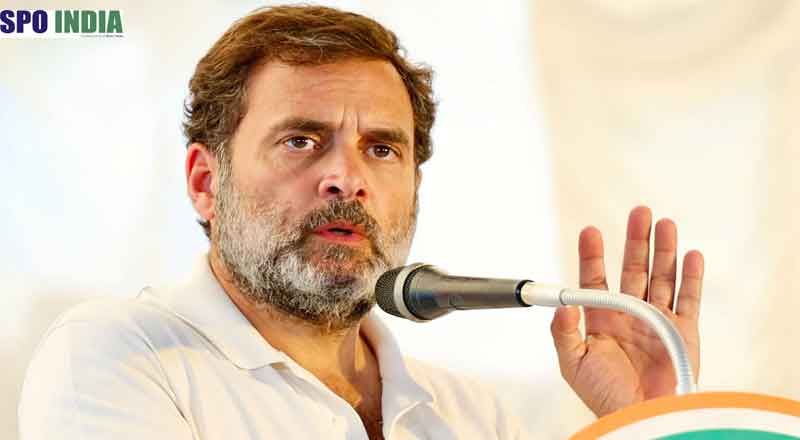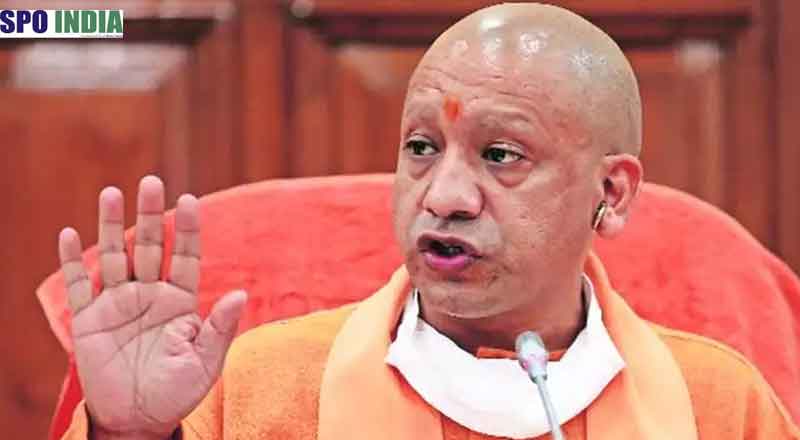- In the third phase of the Assembly elections, 86 MLA candidates, out of the 383 contesting across 42 Assembly seats, have serious criminal charges against them.
- Among these candidates, four stand accused in murder cases, signaling a worrisome trend of criminality entrenched within the political sphere.
- Equally concerning is the economic disparity among candidates, with 126 MLA aspirants being crorepatis, individuals with assets valued in crores.
- The wealthiest candidate, boasting declared assets of Rs 227.67 crore, stands in stark contrast to the poorest candidate, whose assets amount to a mere Rs 1000.
- Education, too, emerges as a significant issue, with several candidates lacking basic educational qualifications.
- Two candidates have not passed the matriculation examination, while two others have educational qualifications below class 5.
- The Lok Sabha elections in Odisha’s third phase present a similarly troubling scenario, with 44% of candidates being crorepatis and 28% having criminal records.
- Analysis of the poll affidavits reveals a trend favoring wealthy politicians, particularly within the BJD, where all six candidates contesting in this phase are crorepatis.
- The findings of the ADR report cast a shadow over the democratic process in Odisha, highlighting the urgent need for electoral reforms and greater transparency in candidate selection processes.
As the political fervor escalates in Odisha ahead of the 2024 elections, a report jointly compiled by the Association for Democratic Reforms (ADR) and Odisha Election Watch has unveiled a troubling narrative surrounding the third phase of the electoral process. Revealed in this report are stark realities that paint a picture of a political landscape marred by crime, wealth disparities, and educational inequalities among candidates.
In the third phase of the Assembly elections, a startling revelation emerges: 86 MLA candidates, out of the 383 contesting across 42 Assembly seats, have serious criminal charges against them. Among these candidates, four stand accused in murder cases, signaling a worrisome trend of criminality entrenched within the political sphere. The report’s findings, based on analysis of affidavits filed by contestants, underscore the urgent need for scrutiny and accountability in the candidate selection process.
Equally concerning is the economic disparity among candidates, with 126 MLA aspirants being crorepatis, individuals with assets valued in crores. The wealthiest candidate, boasting declared assets of Rs 227.67 crore, stands in stark contrast to the poorest candidate, whose assets amount to a mere Rs 1000. This glaring wealth gap raises questions about the accessibility of political participation and the influence of money in electoral politics.
Education, too, emerges as a significant issue, with several candidates lacking basic educational qualifications. Two candidates have not passed the matriculation examination, while two others have educational qualifications below class 5. These revelations highlight systemic challenges in the candidate selection process and the need for inclusive policies to ensure representation from all sections of society.
The Lok Sabha elections in Odisha’s third phase present a similarly troubling scenario, with 44% of candidates being crorepatis and 28% having criminal records. The average assets per candidate in this phase amount to a substantial Rs 11.8 crore, reflecting the financial clout wielded by many candidates vying for political office.
With simultaneous Assembly and General Elections scheduled in six Parliamentary constituencies and 42 Assembly segments, the stakes are high for the state. The upcoming elections, slated for May 25, will see a total of 64 candidates, including nine women, competing across various constituencies.
Analysis of the poll affidavits reveals a trend favoring wealthy politicians, particularly within the Biju Janata Dal (BJD), where all six candidates contesting in this phase are crorepatis. The average assets per BJD candidate stand at a staggering Rs 95.69 crore, raising questions about the party’s commitment to inclusive representation.
While the Bharatiya Janata Party (BJP) and Congress have also fielded crorepati candidates, the average assets per candidate for these parties are comparatively lower. However, the prevalence of wealth in politics across party lines underscores a broader issue of elitism and inequality within the political arena.
In conclusion, the findings of the ADR report cast a shadow over the democratic process in Odisha, highlighting the urgent need for electoral reforms and greater transparency in candidate selection processes. Addressing issues of crime, wealth disparity, and educational inequalities is crucial to ensuring the integrity and inclusivity of the electoral process and safeguarding the principles of democracy.
(With inputs from agencies)





